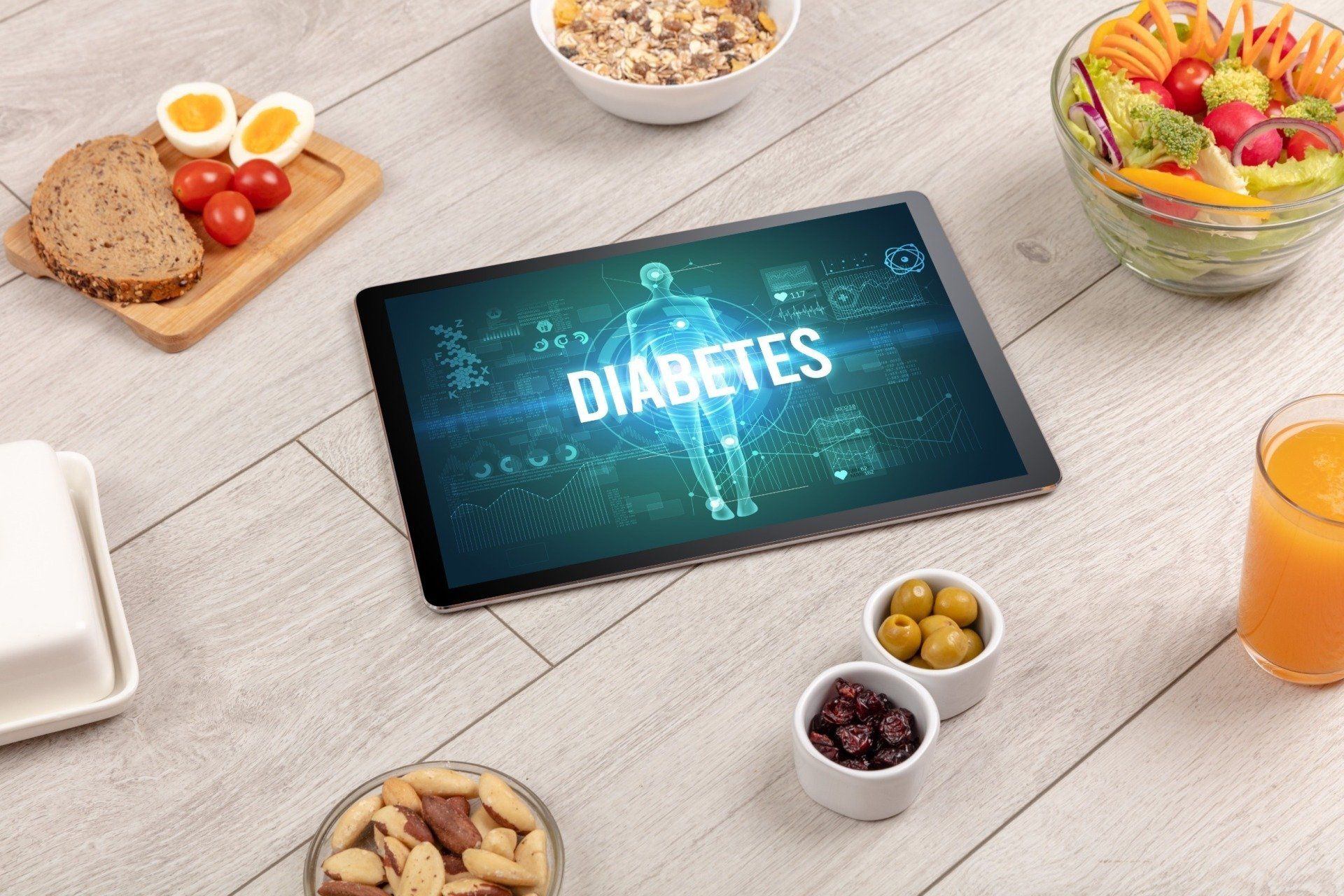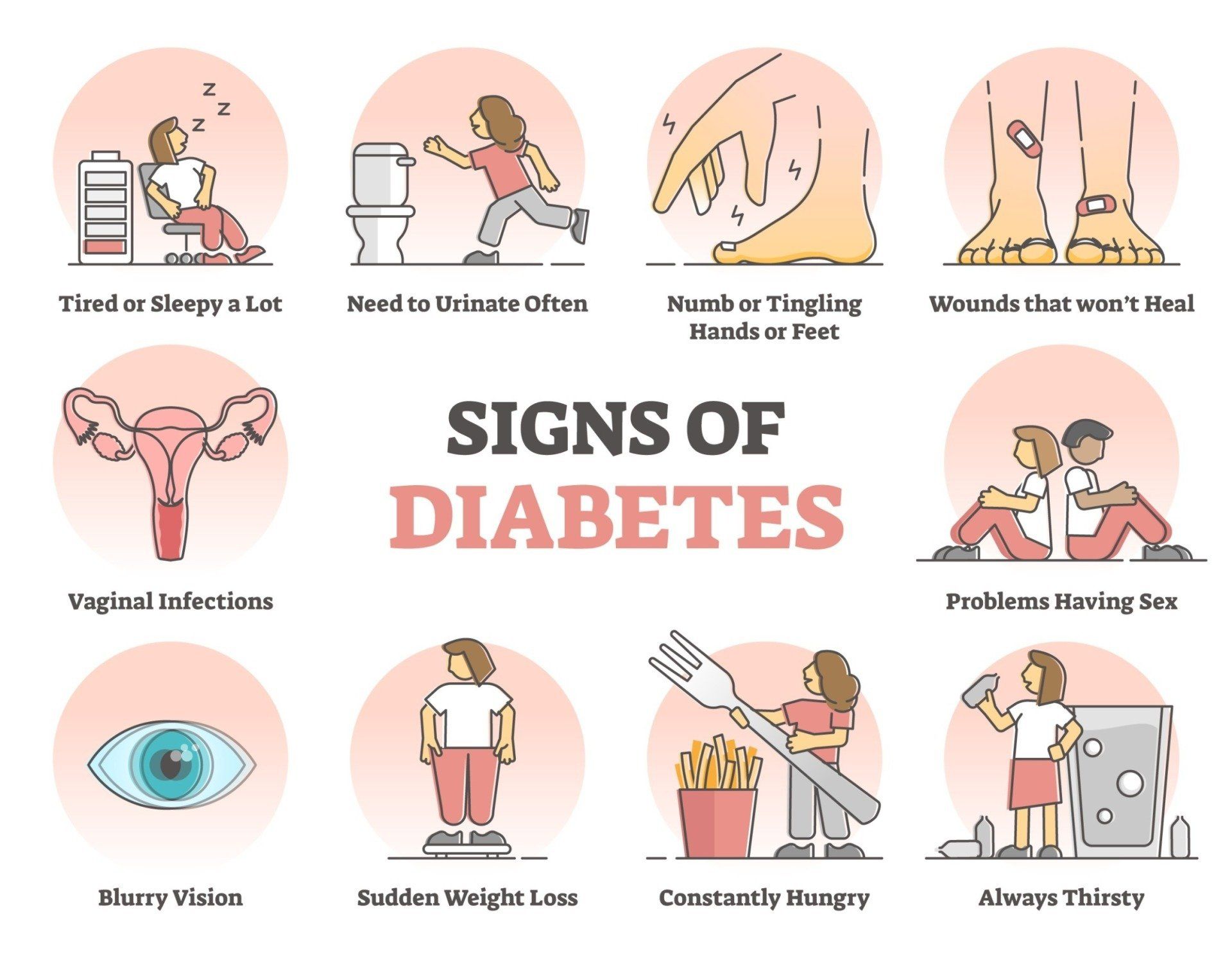What is Diabetes?
Diabetes is a problem that isn’t going away anytime soon – it’s actually getting worse. According to the CDC, nearly 40 million Americans are living with diabetes and roughly 20% of those people don’t even know it. Not only that, but nearly 100 million more American adults are currently living with prediabetes.
If not detected, diagnosed, and treated by a healthcare professional, diabetes can have a lasting impact on an individual’s life and even prove to be fatal – diabetes is the 7th-leading cause of death in the United States. Even those that survive diabetes and learn to live with it will see their lives change dramatically.
And since so many people are living with diabetes without knowing it, diabetes awareness has never been more important. Not only can you educate yourself to better understand what diabetes is, but you can schedule regular appointments with your primary care physician to ensure you remain in good health.
The Science Behind Diabetes
Diabetes is a chronic disease that’s characterized by a lack of insulin production or poor use of insulin in the bloodstream. Insulin is a hormone produced by the pancreas that plays a role in how the body converts blood glucose (blood sugar) into energy. This results in a lack of energy and excess blood sugar.
Normally, your body converts the food you eat into sugar (glucose). When sugar enters the bloodstream, the pancreas releases insulin. When the pancreas secretes insulin, it acts like the ‘master key’ for letting insulin into the cells, where it can do its primary job.
The energy produced from this process is what our entire body relies and depends on.
With diabetes, the pancreas either doesn’t produce enough insulin or the body isn’t utilizing the insulin properly. Either way, excess sugar in the blood (too much blood sugar or too much glucose) builds up and creates havoc in the bloodstream. Without continued treatment, diabetic patients wouldn’t know what to do.

What Are the Different Types of Diabetes?
There are four primary types of diabetes that an individual can be diagnosed with – type 1 diabetes, type 2 diabetes, gestational diabetes, and prediabetes. Since treatment often varies depending on the type, an accurate diagnosis. Let’s take a closer look at each type and the differences between them:
- Type 1 Diabetes - these patients either produce little or no insulin at all and is most prevalent in young adults, teens, and children. Roughly 5-10% of diabetes patients have type 1.
- Type 2 Diabetes - with these patients, the body doesn’t use insulin properly and is most prevalent in adults, but children can be diagnosed too. About 90-95% of diabetes patients have Type 2.
- Gestational Diabetes - this type of diabetes develops during pregnancy and in women who have never been diagnosed with diabetes before.
- Prediabetes - these patients have high blood sugar levels, but not high enough to be considered diabetes (though they’re at an increased risk of developing it in the future).
Another question we get asked often is ‘How do you get diabetes?’ – so let’s take a look at what causes diabetes in most patients:
- Type 1 Diabetes - researchers believe type 1 diabetes occurs when the body’s immune system starts attacking the insulin-producing cells of the pancreas.
- Type 2 Diabetes - some of the most common causes of type 2 diabetes include obesity, physical inactivity, insulin resistance, genes, and family history.
- Gestational Diabetes - researchers believe gestational diabetes is primarily caused by hormonal changes during pregnancy.
- Prediabetes - researchers believe prediabetes is caused by family history, genes, obesity, and unhealthy eating habits.
The exact cause of diabetes varies with each patient. To learn more about your specific cause, please speak with your doctor – they’ll be able to narrow down the causes and better explain your unique situation.

What Are Symptoms of Diabetes?
There are millions of Americans living with diabetes or prediabetes without knowing it. This is dangerous because they won’t be able to take the necessary precautions to avoid making the disease worse. Don’t worry, we’re going to list the most common symptoms of diabetes you should be on the lookout for:
- Increase in hunger and/or thirst
- Unexplained weight loss
- Extreme fatigue or exhaustion
- Numbing or tingling of the extremities
- Blurred vision or other vision changes
- Frequently needing to use the bathroom
- Sores that don’t heal properly or timely
Some of the most common risk factors of diabetes include being overweight, obesity, being above the age of 35, having a history of diabetes in the family, not being physically active on a regular basis, and being diagnosed with prediabetes. Don’t hesitate to speak with your doctor if you’re worried about diabetes.
How is Diabetes Diagnosed?
Diagnosing diabetes requires a series of blood tests, which are quick and painless. Some of the tests your doctor might order are a fasting plasma glucose test, A1C test, random plasma glucose test, glucose challenge test, and oral glucose tolerance test. Here’s a quick breakdown of what they’re looking for:
- Normal Levels - A1C levels below 5.7%, fasting plasma blood glucose levels under 99mg/dL, and oral glucose tolerance below 139mg/dL.
- Prediabetes - A1C levels between 5.7-6.4%, fasting plasma glucose levels under between 100-125mg/dL, and oral glucose tolerance between 140-199mg/dL.
- Diabetes - A1C levels above 6.5%, fasting plasma glucose levels above 126mg/dL, and oral glucose tolerance above 200mg/dL.
Blood tests – including genetic tests and testing for autoantibodies – can help determine the type of diabetes each patient has. While the actual blood test only takes minutes to administer, it often takes one or two weeks for results to come back – at which point you’ll have a follow-up with your doctor.

How to Control Diabetes
Once diagnosed, diabetic patients will have to learn how to live with their new condition – which often involves making healthy lifestyle and habitual changes. Doctors will also put patients on certain medication to improve insulin production and function. Here are some effective tips on how to manage diabetes:
- Take insulin injections and undergo insulin therapy when necessary
- Monitor your blood sugar regularly and avoid high blood pressure
- Use a continuous glucose monitor or continuous glucose monitoring device
- Take oral drugs to increase the amount of insulin released by the pancreas
- Take oral drugs to prevent glucose release from the liver
- Take oral drugs to increase insulin sensitivity
- Take oral drugs to stop the kidneys from reabsorbing filtered sugar into the blood
- Undergo a pancreas transplant, if necessary
- Eating a healthy diet and well-balanced eating schedule
- Staying dedicated to regular physical activity
Let’s also take a look at some tips on how to prevent diabetes:
- Stay physically active on a regular basis
- Eat a healthy and well-balanced diet daily
- Keep an eye on your blood sugar level
- Losing weight and maintain a healthy weight
- Avoid smoking, drinking alcohol, and other unhealthy behaviors
- Visit your primary care doctor for regular check-ups
Are you experiencing symptoms of diabetes or prediabetes? Are you interested in getting tested for diabetes? Are you looking to live a healthier life that either minimizes the impact diabetes has on your life or limits your risk of developing diabetes in the future? If so, then contact Good Samaritan today!



